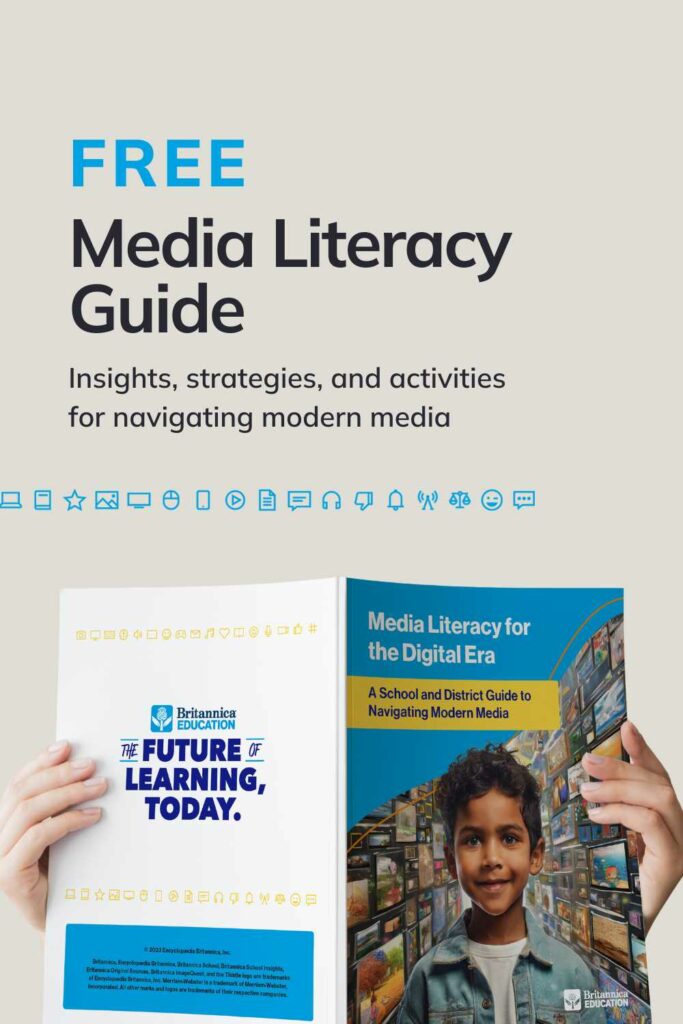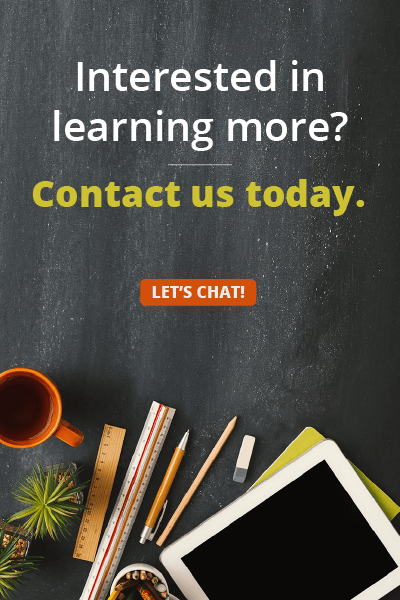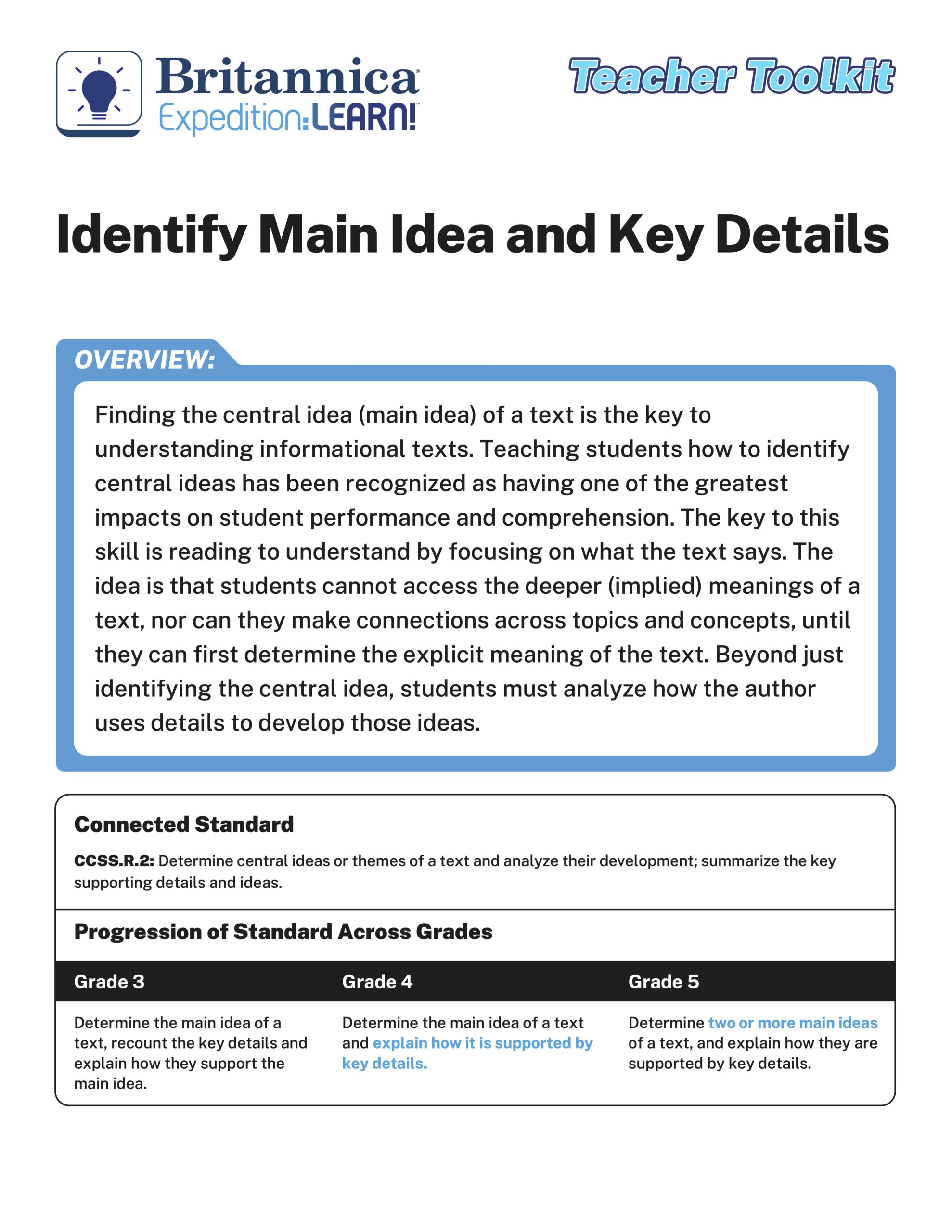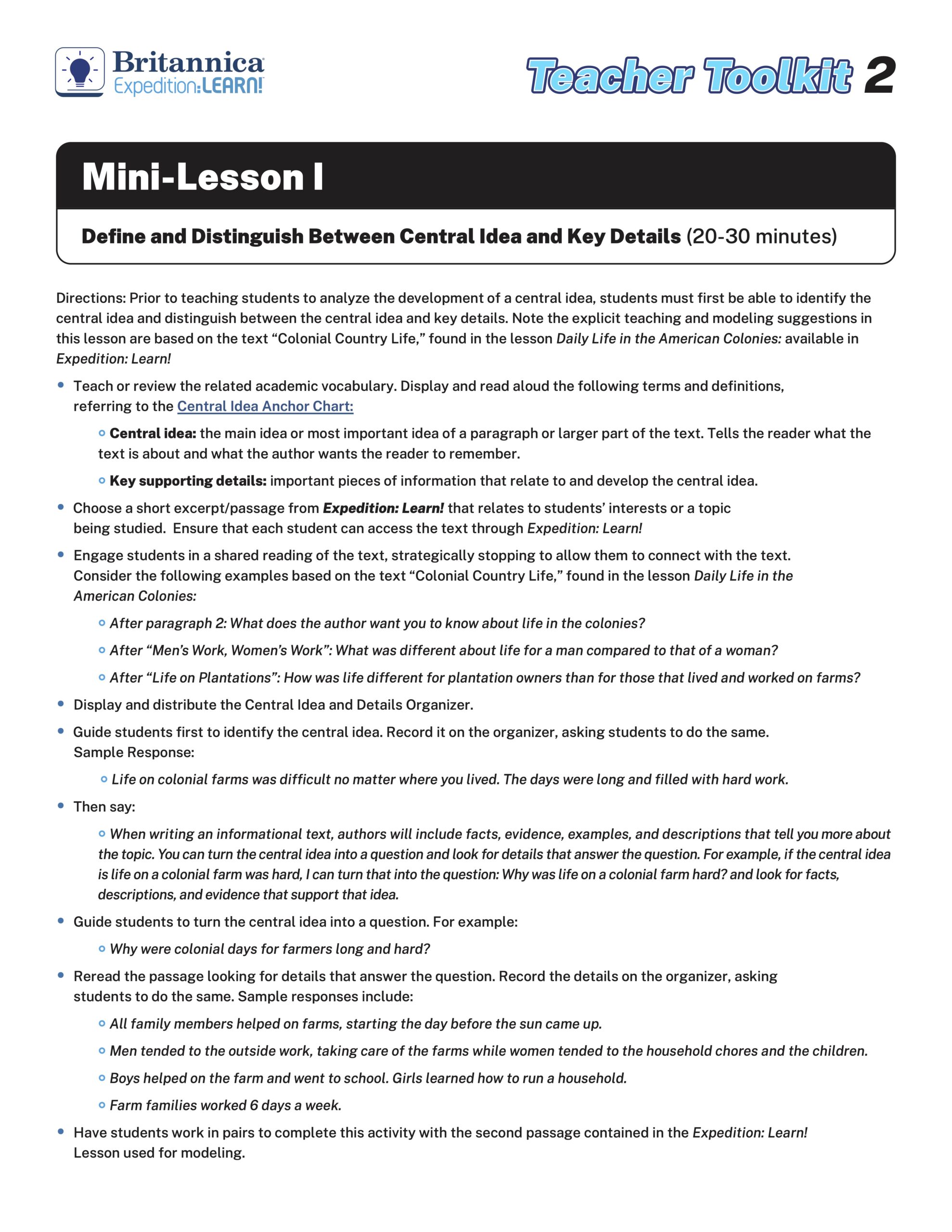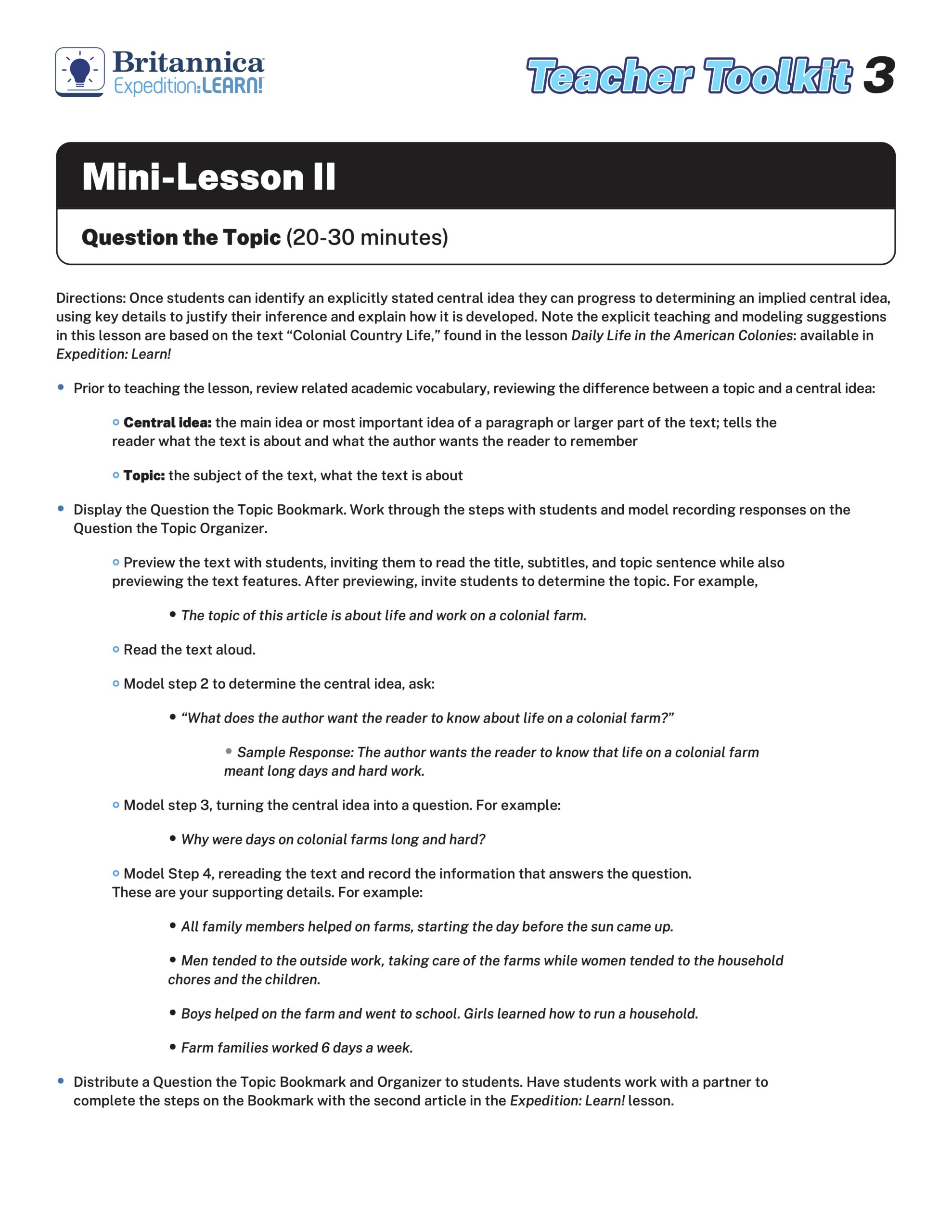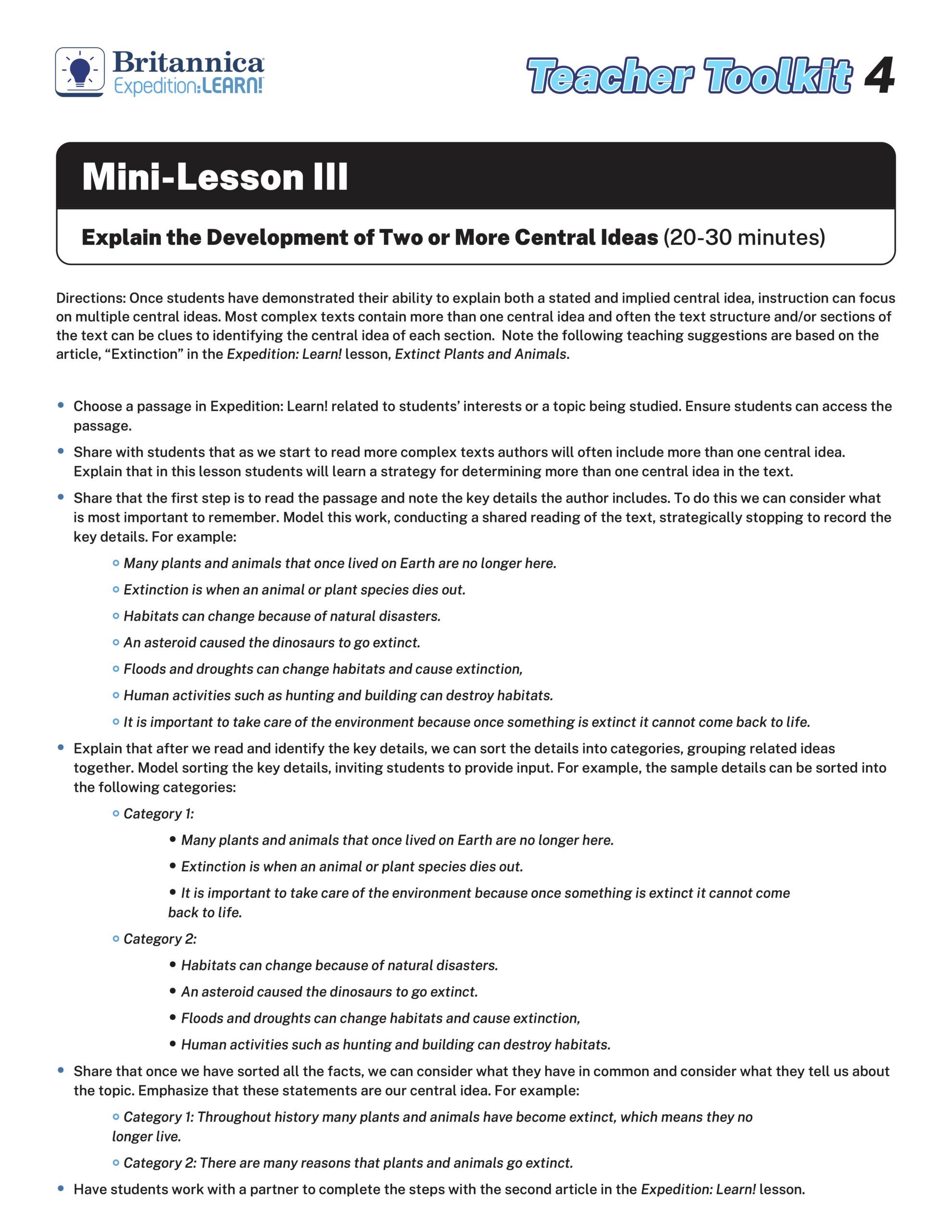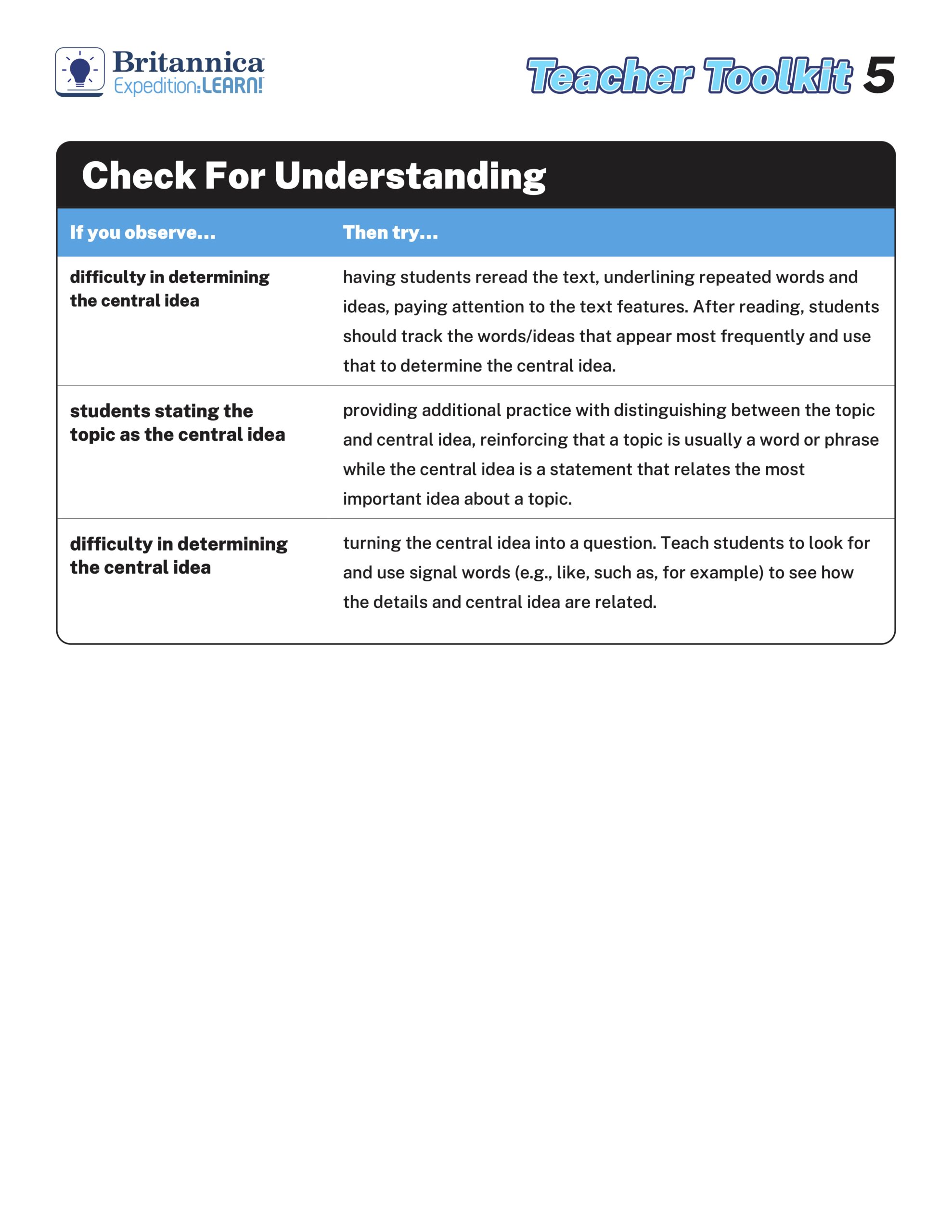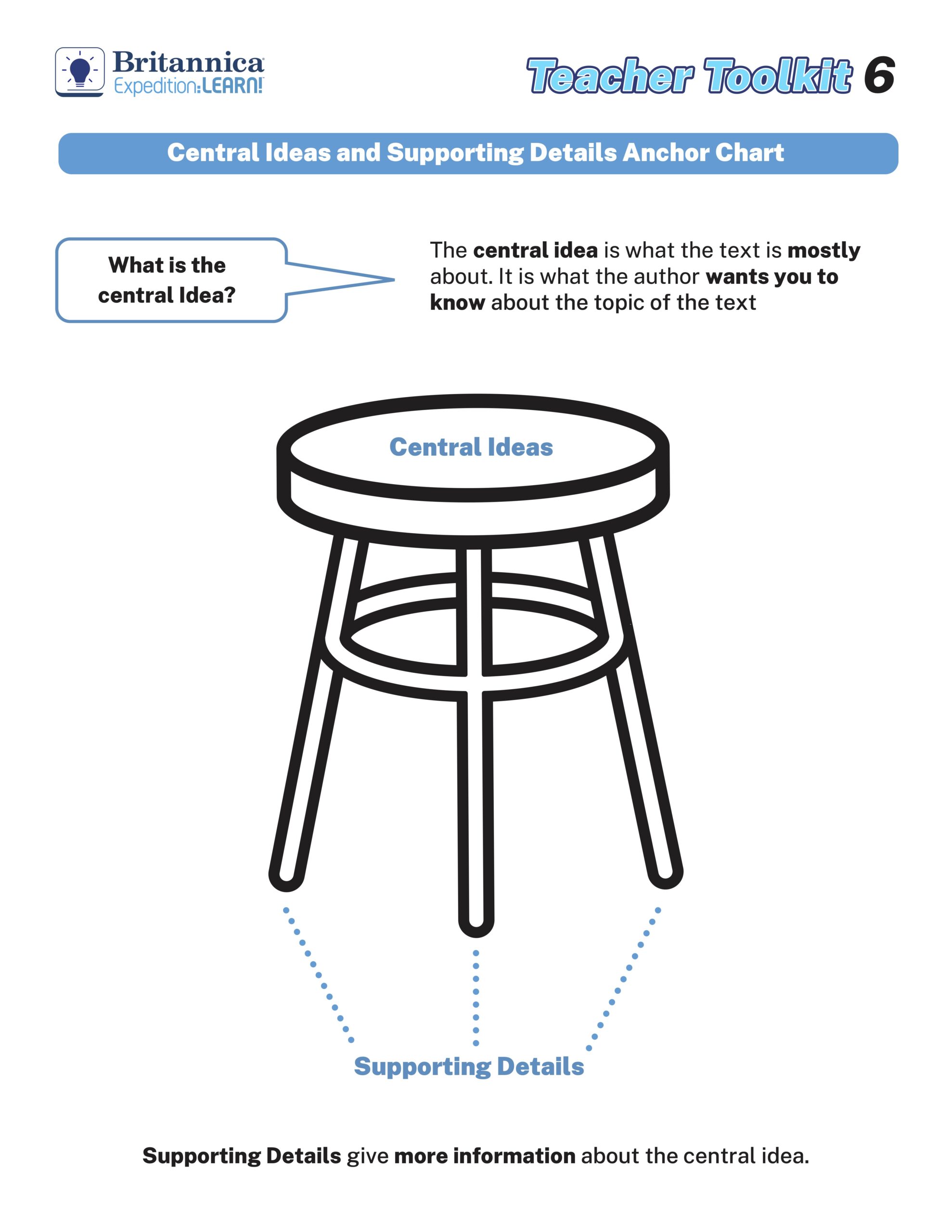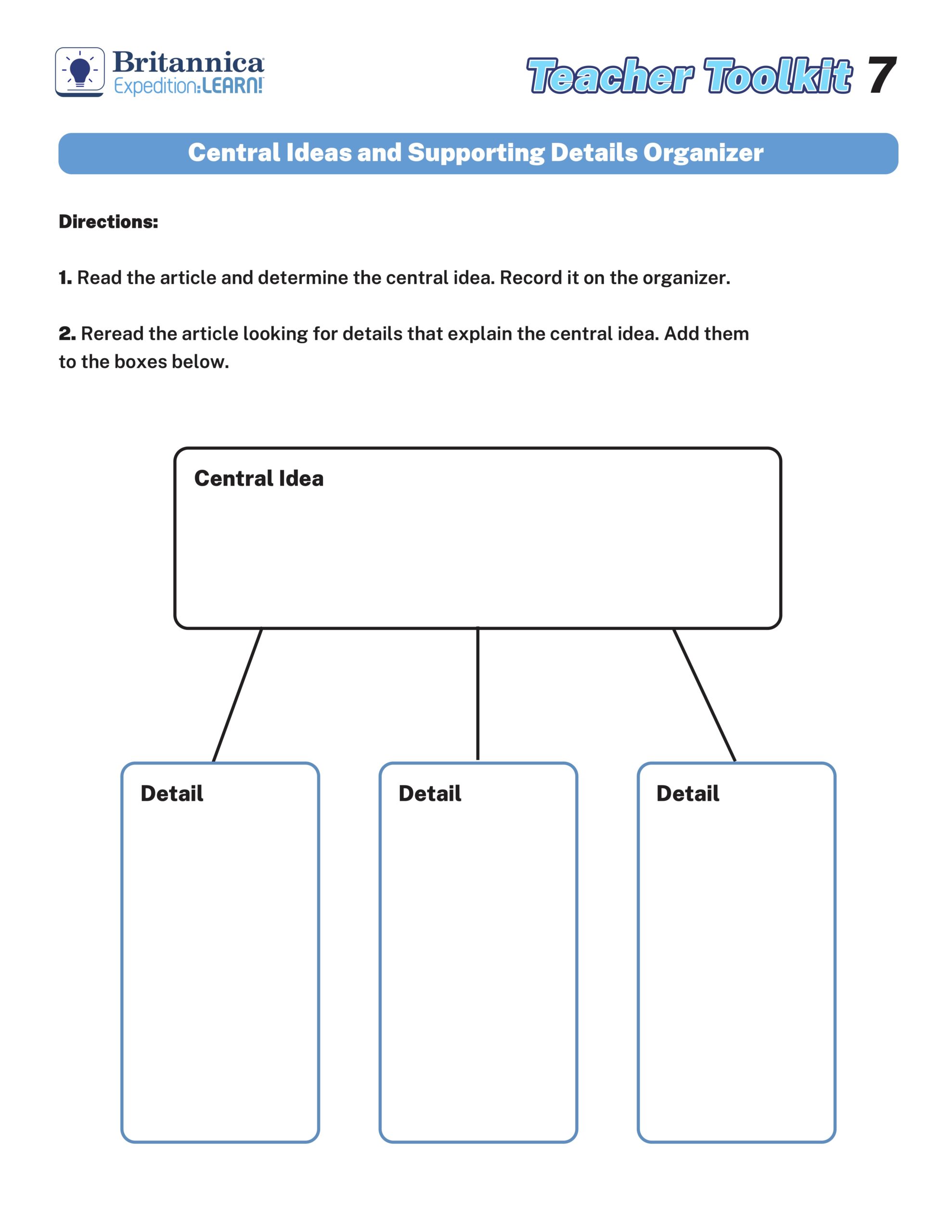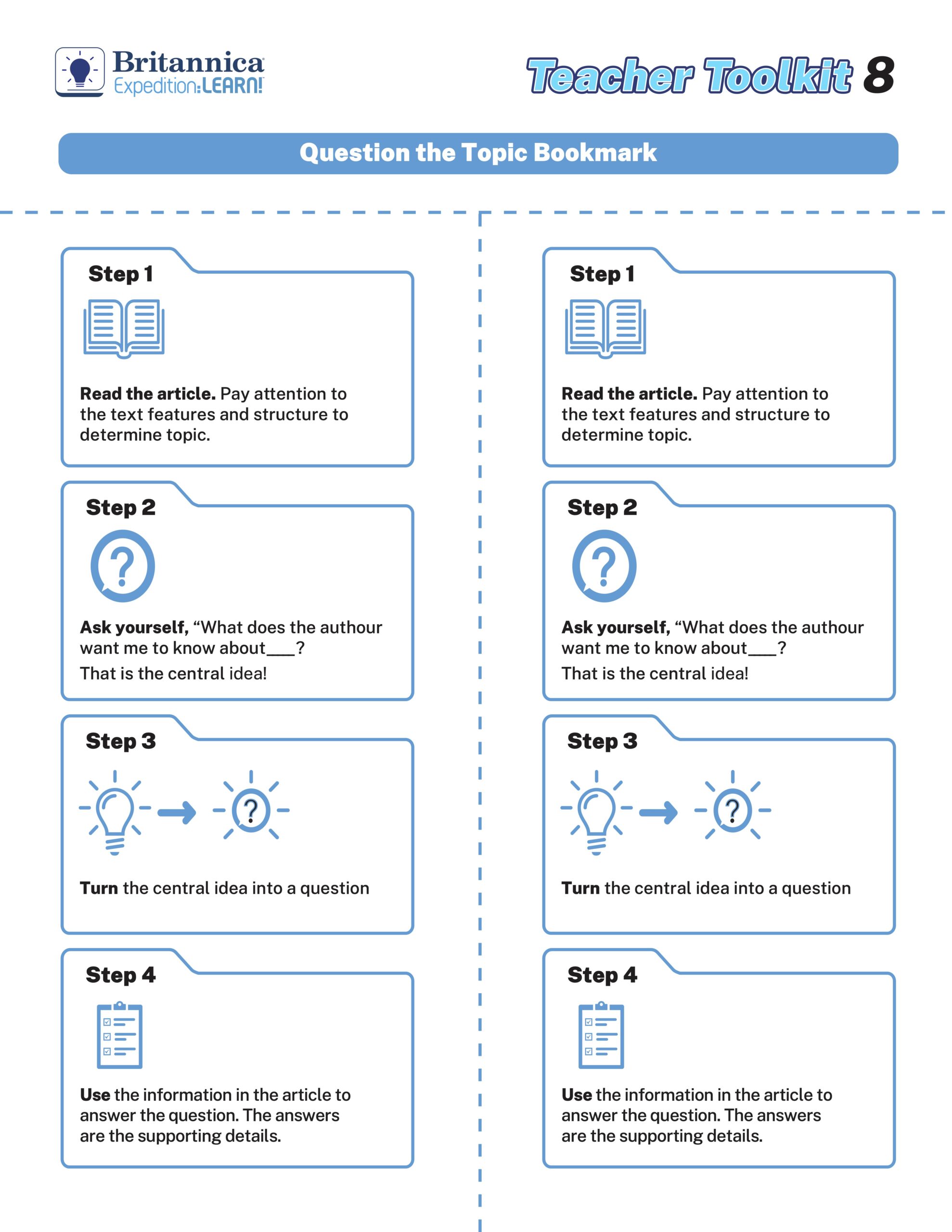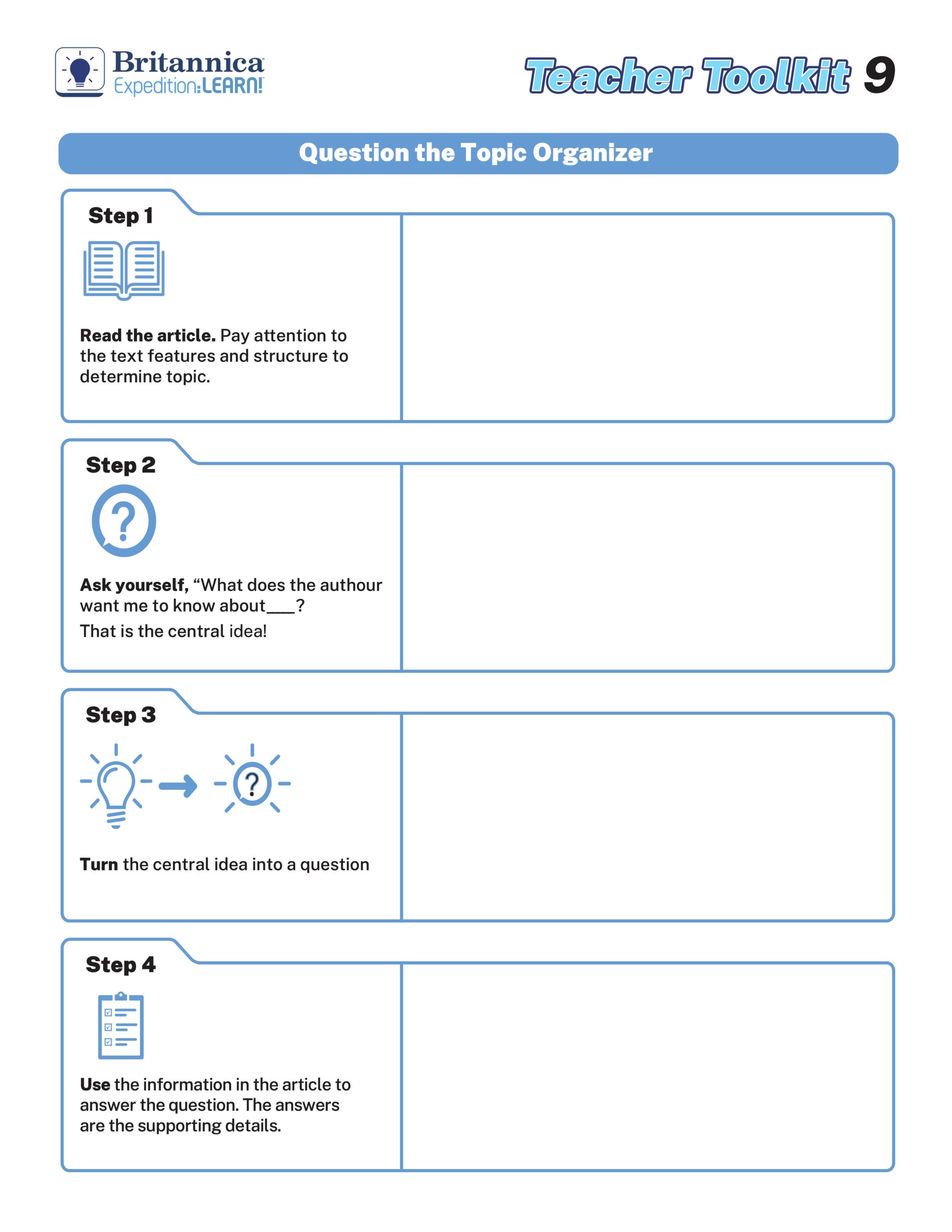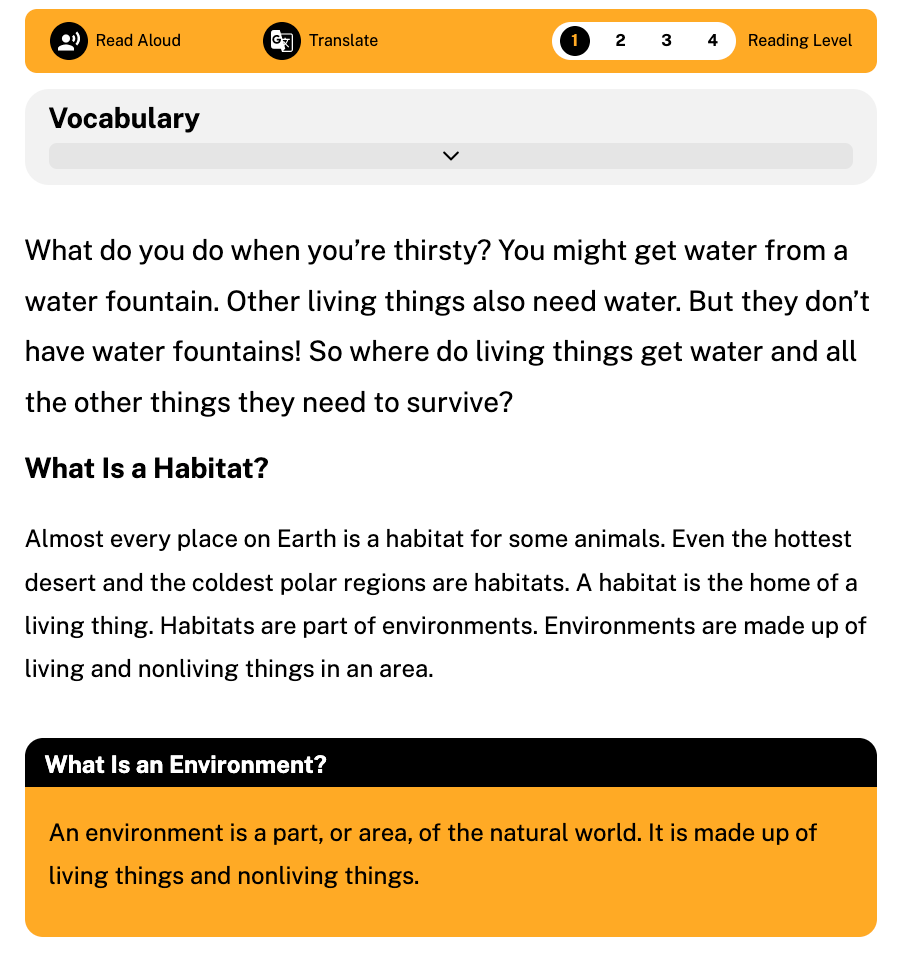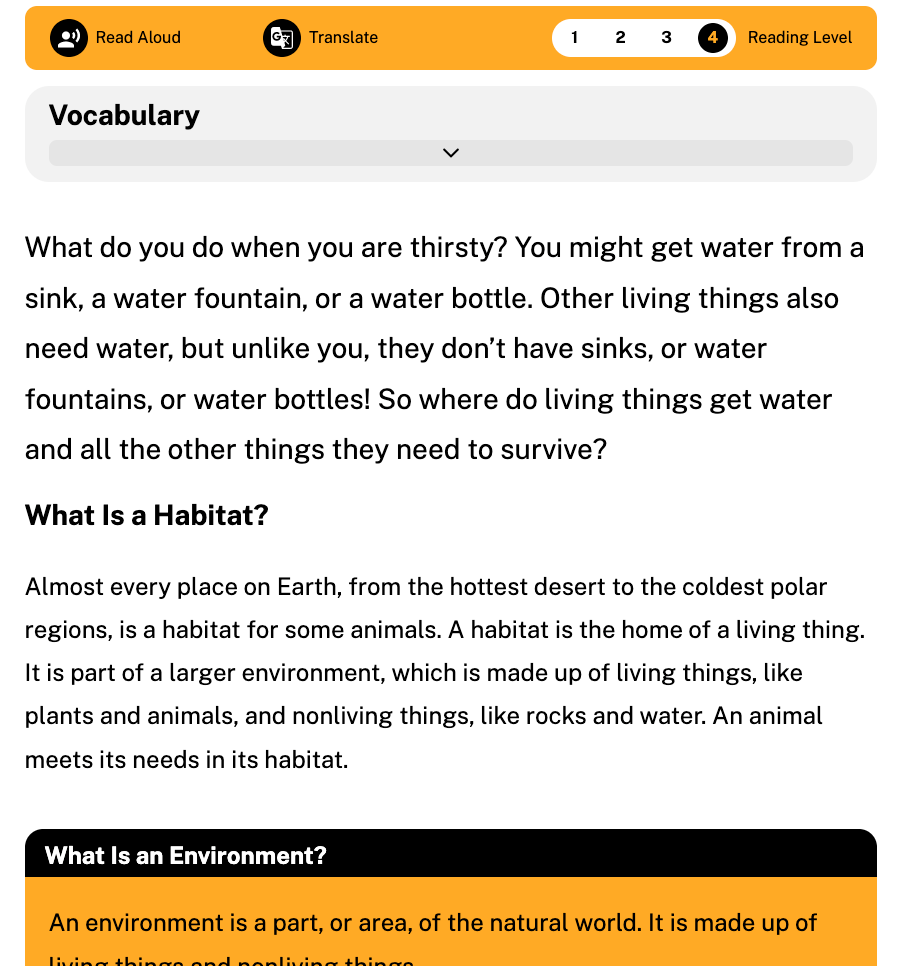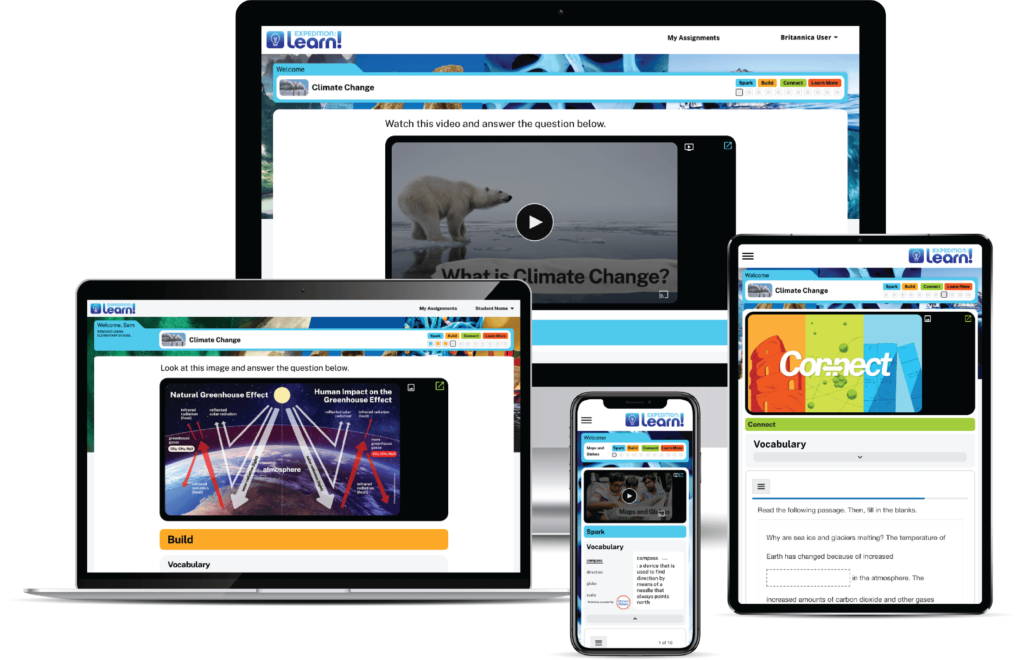Our goal at Britannica Education is to support districts and schools as you implement your SEL initiatives by providing guidance to seamlessly integrate SEL into everyday academic instruction. Together, we will work with you to develop a customized crosswalk between academic and SEL goals that will help you achieve a true integrative approach to Social Emotional Learning.
Why Is Integrating SEL important?
Integrating SEL skills and competencies throughout a variety of student learning experiences is much more effective than teaching them in isolation. Teaching in this way gives students multiple opportunities to practice the skills in different settings, increasing their ability to make connections and apply the skills in their everyday lives.
In our previous post in this series, we shared a plan for integrating the Relationship Skills competency into a Social Studies lesson. Continuing the series, let’s take a look at how to plan an ELA lesson that integrates the CASEL skill of Self-Awareness.
Identify and explain the SEL competency: Self-Awareness
When introducing the lesson to your class, explain that you’ll be focusing on Self-Awareness in this lesson and explain why this is important.
Self-awareness is the ability to understand one’s own emotions, thoughts, and values and how they influence behavior across contexts. It also includes capacities to recognize one’s strengths and limitations with a well-grounded sense of confidence and purpose (CASEL, 2021). When students expand their self-awareness, they’re more likely to be able to do things like identify their emotions, experience self-efficacy, and demonstrate honesty and integrity.
When you explain the SEL competency and why it’s important, students can focus on practicing those skills throughout the lesson. It also sets them up to reflect on how they connect the skills to other concepts and helps them understand how they might use the skills in other areas of their lives.
Introduce lesson topic: Biographies
Studying biographies integrates well with teaching self-awareness skills. Through the exploration of real-life stories, students can see the importance of understanding their own stories. They can also practice examining their own prejudices and biases, as well as identify personal, cultural, and linguistic assets. These are two important aspects of self-awareness.
Identify SEL lesson objectives
Identifying and explaining SEL-related lesson objectives helps students understand expectations. For this lesson, these objectives might include:
- Identify one’s own strengths and limitations
- Strengthen self-identity and self-awareness to improve self-efficacy
- Demonstrate the ability to understand one’s own emotions, thoughts, and values and how they influence behavior across contexts
- Work collaboratively to problem solve and share and discuss different events, thoughts, and ideas
- Draw evidence from articles, and refer to details and real-life examples to support analysis, reflection, and opinions
While your lesson will have academic objectives, integrating clearly stated SEL objectives leads to better outcomes for students.
Create fun and engaging SEL activities
For this sample lesson on analyzing biographies, we’ve chosen baseball legend Jackie Robinson. However, this general format could work with nearly any notable figure. The idea is to guide students through the highlights of a biography, asking questions that encourage them to think deeply about the social and cultural landscape the subject lived in, the challenges they faced, and what they did to overcome those struggles.
Sample activity
1. Introduce students to Jackie Robinson’s life and legacy with this article from Britannica Digital Learning and this article from the Society for American Baseball Research. (Note: you may want to choose excerpts from the SABR article to accommodate different learner levels.) Then use the questions below to guide the discussion:
- What skills/strengths did Jackie Robinson possess?
- What skills/strengths do you possess? If you have a difficult time thinking of some, ask your friends or family members that know you well to help you answer this.
- Did Jackie Robinson encounter any struggles? If so, how did he overcome them?
- What kinds of thoughts do you think Jackie Robinson may have had during his struggles?
- Have you ever encountered struggles in your own life? If so, how did you overcome them?
- Do you think Jackie Robinson was successful? Explain, providing evidence from the text.
- Apart from being a major league baseball player, what do you think made Jackie Robinson so well-known?
- Now that you have studied Jackie Robinson and his life, what life lessons do you think you could take away to help you overcome any limitations or challenges you face in your own life?
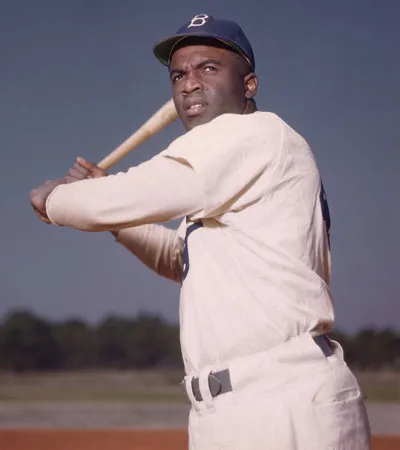
Archive Photos—Hulton Archive/Getty Images
Visual Presentation
2. Have students work individually or with a partner to create a presentation that highlights Jackie Robinson’s strengths, struggles, and successes. Presentations should include images as well as details of his life, with supporting evidence.
A Letter or Journal Entry
3. Have students imagine themselves as Jackie Robinson. They should choose a time or event in his life and write a letter or journal entry that expresses how they feel. Students should include thoughts or feelings Jackie would have had, supported with details from the articles discussed.
Student takeaways
Because Social Emotional Learning is a key element of academic success, lessons like these that integrate both types of objectives are particularly effective. Integrating objectives related to self-awareness helps students successfully interact with each other while developing positive attitudes and beliefs about self, others, and school. Other outcomes include:
- Connects students to others’ stories and perspectives through text, images, and media
- Encourages student voice: provides a platform for students to share their ideas, perspectives, and stories with their peers and the world around them
- Encourages inquiry, analysis, research, and critical-thinking skills (cross-disciplinary)
- Establishes and maintains positive relationships
- Helps students to feel and show empathy
- Helps students understand and manage their emotions
- Encourages students to set and achieve positive goals
How Britannica Digital Learning Integrates SEL into Our Products
Integrating SEL into academics is extremely impactful for students and considers the whole child during instruction. At Britannica, we ensure our products and services integrate the needs of educators as well as the students they serve. Our team of curriculum experts is always updating our resources. For more information on our products and access to free resources, please visit our SEL support page.
Continue our SEL competencies series by learning about Self-Management.
For these activities and more, download our FREE SEL Activities Guide

